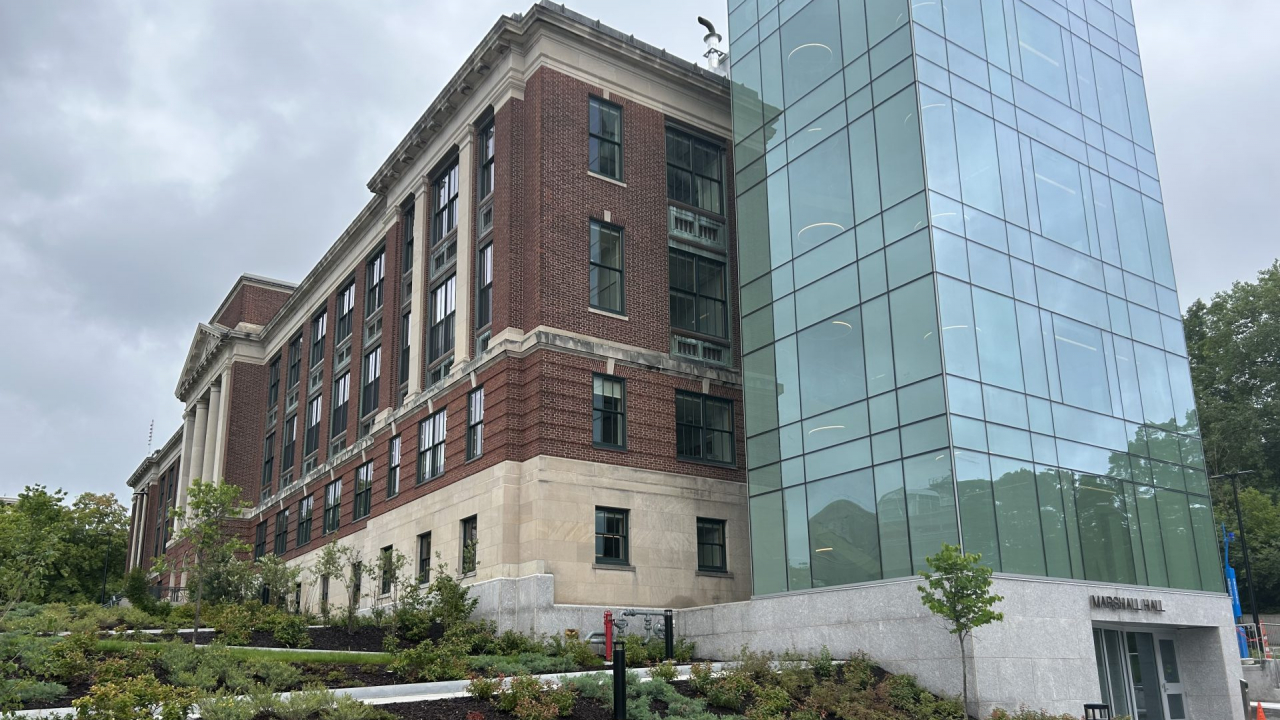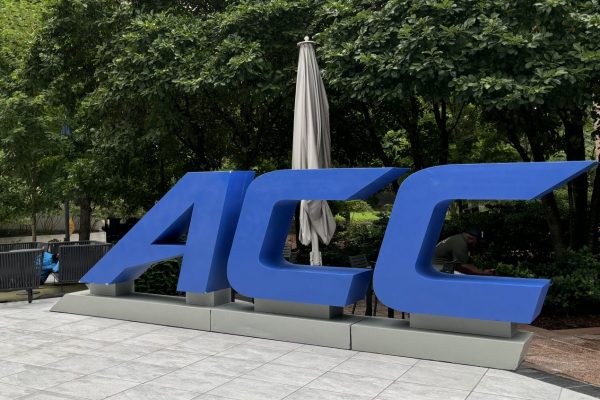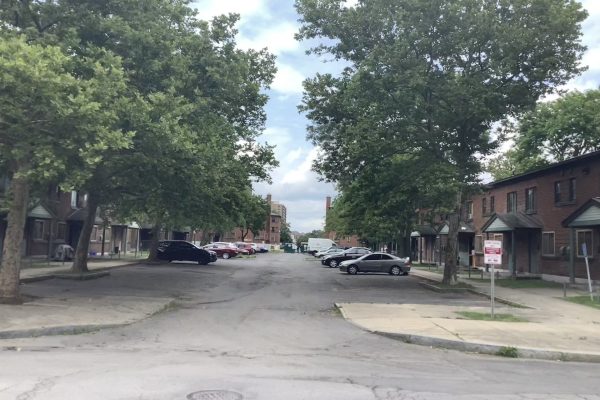
SYRACUSE, N.Y. (NCC News) — For Syracuse south side community members, the city is being reimagined. Daniel Cronan, the assistant professor of landscape architecture at the SUNY College of Environmental Science and Forestry (ESF), along with Syracuse University’s Associate Dean for Research at Syracuse University, Eliana Abu-Hamdi and Assistant Professor, Iman Fayyad, have been awarded a grant to examine the racial wealth gap in the United States;, with Syracuse as the city of focus.
Professor Cronan and the team will create a “digital twin” of Syracuse to address a racial wealth gap within the city and the environmental impacts tethered to it. The model will help community members and policymakers visualize the impacts of climate change on higher-poverty areas.
“You can kind of take that model, and start to incorporate different ideas about how things can be changed or modified to say, for example, … here’s what climate change looks like, here’s what drivers of poverty would look like, here’s what happens whenever you bring in micron .. Here’s what happens whenever there’s … continued issues with the racial wealth gap, and environmental justice,” said Cronan.
Cronan said the main issue the south side community has presented is the urban heat island effect.
“That’s basically the more concrete that you have in a city, the more heat that’s generated that causes this bubble around certain areas that affect you. Like localized heat, like surrounding a city, it also does a lot of horrible things for stormwater quality,” said Cronan.
Cronan said there have been studies of the correlation between high heats in cities and violence. Cronan, his assistant researchers and south siders look to mitigate this problem by creating shade structures and placements in this reinvented city plan, and how that digital structure can turn into a recreating living community for the south side.
“We’ll have something at the site scale. And that will be a direct installation and a set of installations from Iman Fayyad to build these shade structures,” said Cronan. “ We’re looking to do that, hopefully by next summer, if not in the following summer. The community will get to say where they’re going to be placed. And the model will almost show how efficient or effective those are in terms of placement. So that’ll help out communities to make that decision of where they can go,” said Cronan.
Though Cronan will be playing a key role in the research and structuring of this plan, he first and foremost wants to make sure the community is being properly served.
“My idea is that this shouldn’t be my idea because this is not my community,” said Cronan. “I feel that it’s my responsibility and the other researcher’s responsibility to make sure all voices are heard and all voices are activated to give them the community what they want,” said Cronan.
The research is still in phase one and has not yet been presented to policymakers.




